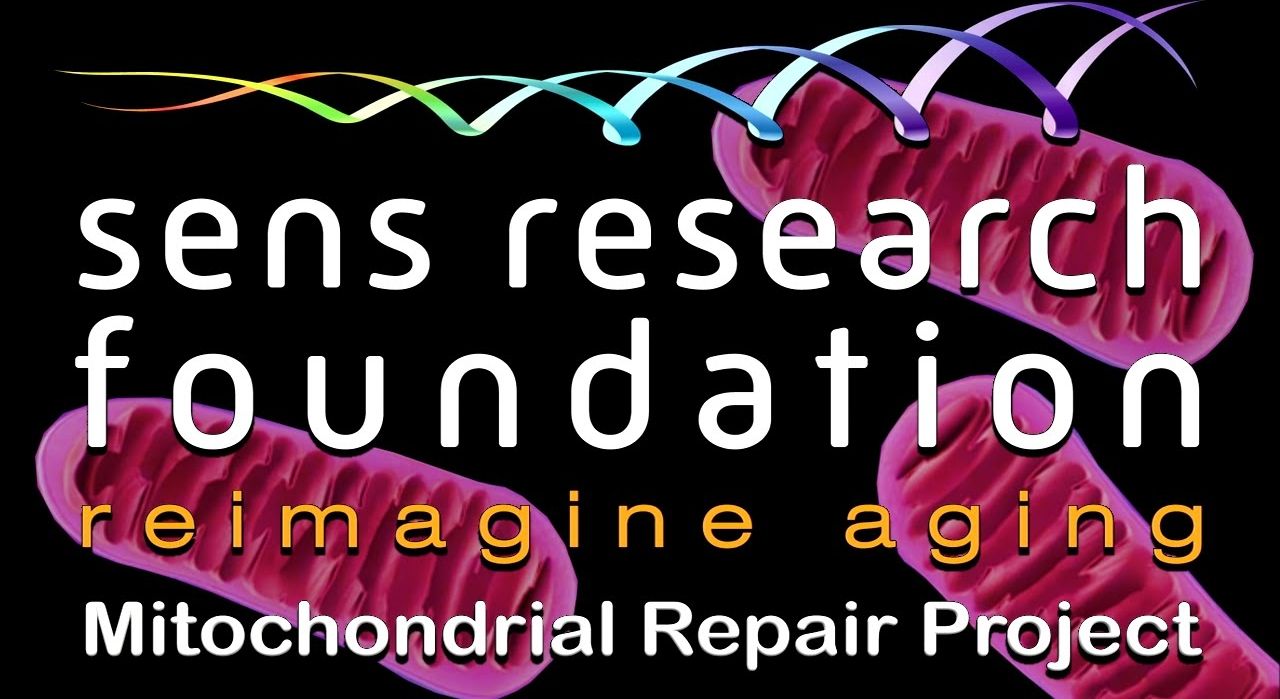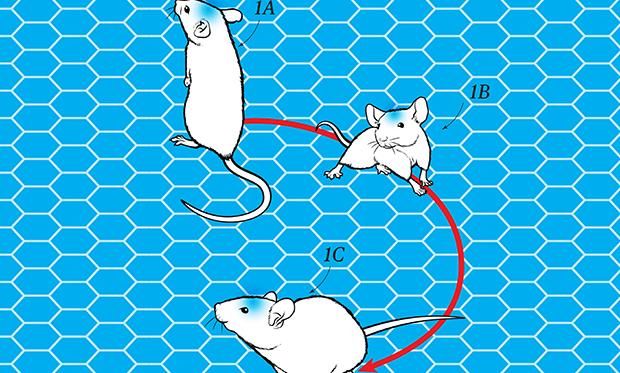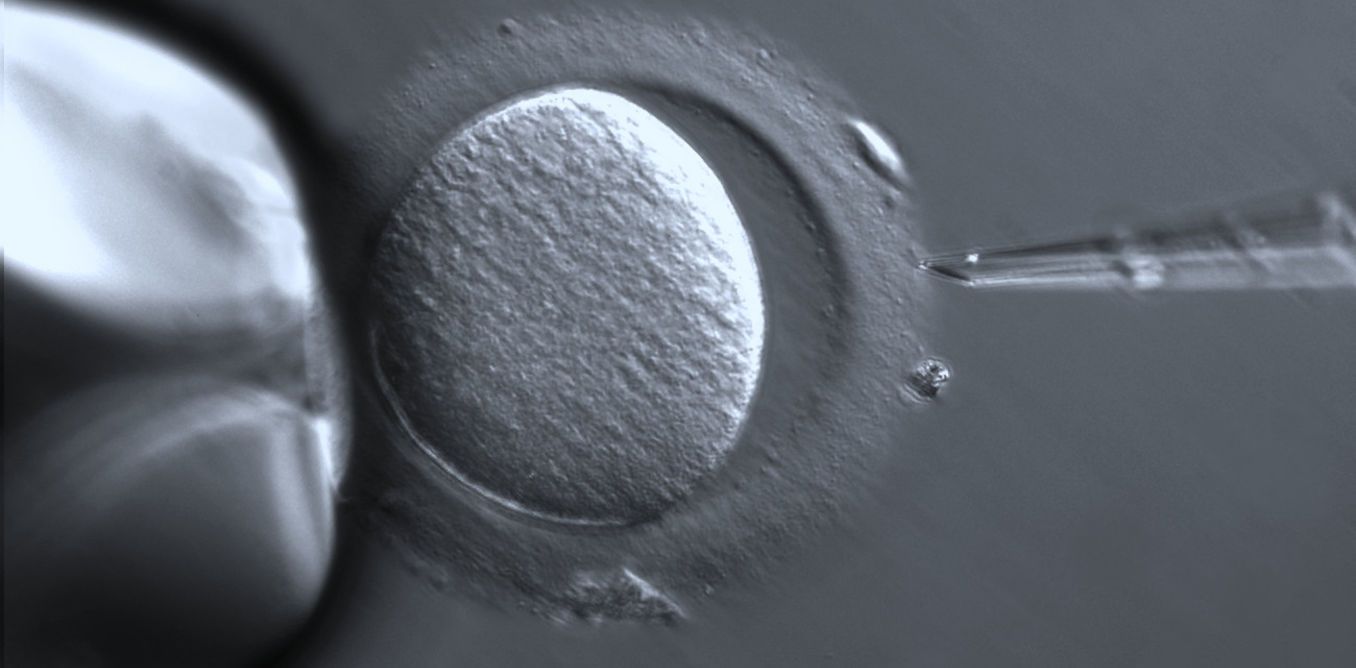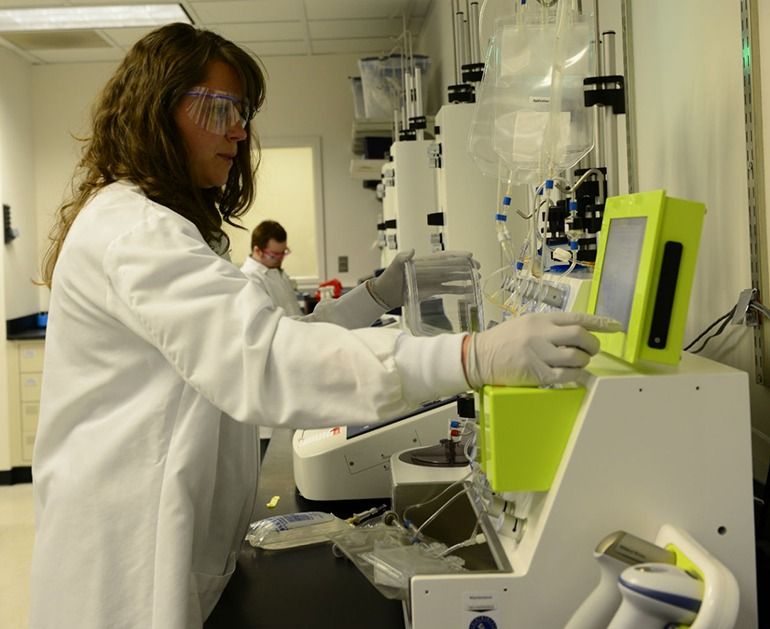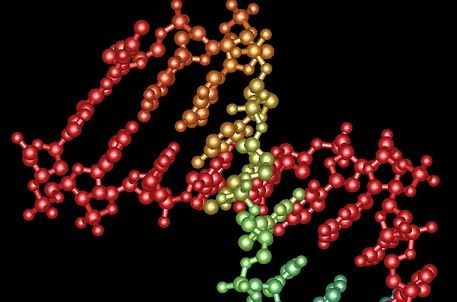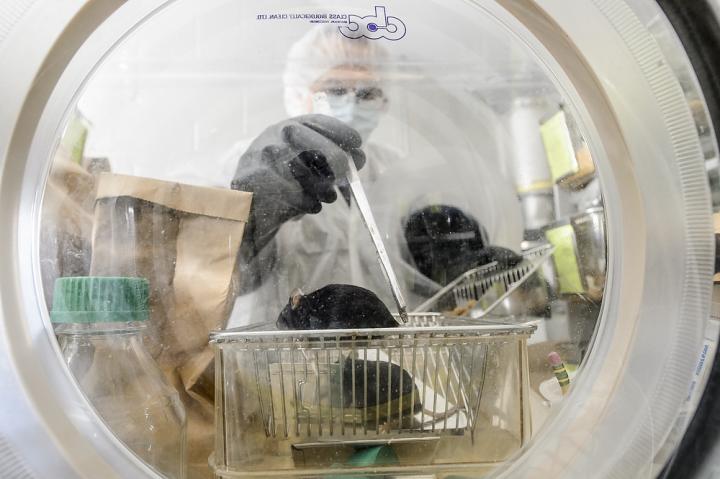A look back at one of the milestones for SRF and the first successful fundraiser on Lifespan.io for MitoSENS.
We need your support at this critical juncture of the MitoSENS project. The MitoSENS team has already demonstrated the rescue of cells containing mitochondrial mutations, and has recently generated highly promising preliminary data showing the rescue of the complete loss of a mitochondrial gene. Our next steps will focus on improving the effectiveness of the targeting system, so that we can repeat our success with one mitochondrial gene to all thirteen. We will then transition this work into animal models of mitochondrial dysfunction. This would be a crucial step in what may be the development of an eventual cure for aging and aging related diseases.
We have a talented team of highly trained mitochondrial biologists working on MitoSENS. Right now the rate-limiting factor is the cost of the expensive reagents that we use for these experiments. Increasing our funding with this campaign will allow us to double the pace of our research and bring results to the public that much faster. We have made preliminary progress on rescuing function with a second gene, ATP6, and your support will help us perfect our targeting of both ATP8 and ATP6. This requires more cells, more viruses, and many new synthetic gene sequences. Specifically, we will spend your generous donations on cell culture reagents, oxygen consumption measurements, virus production, quantitative reverse transcription PCR, DNA synthesis services, and publication of our results in a peer-reviewed journal.
Your support will help take us there.
